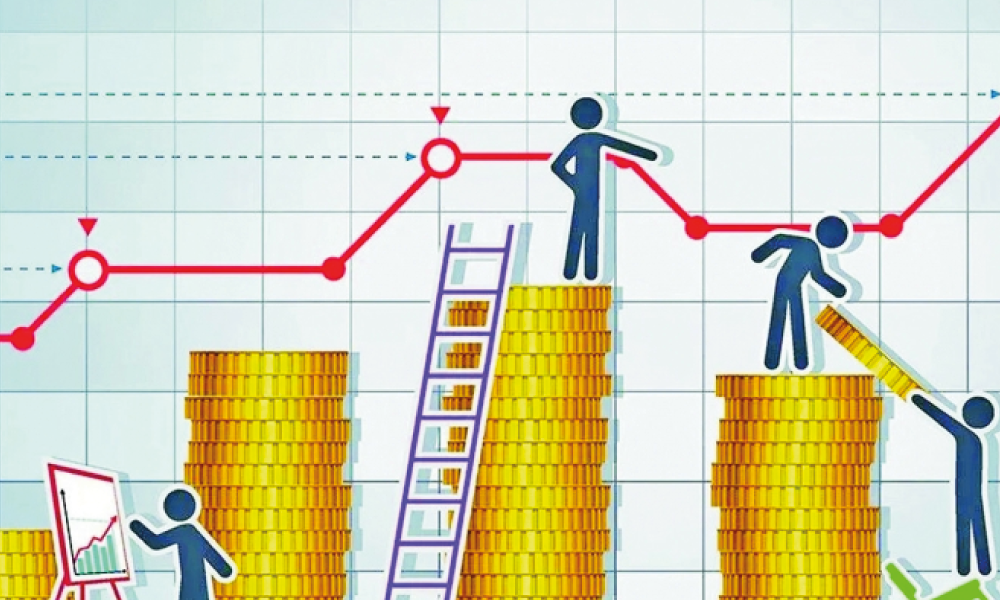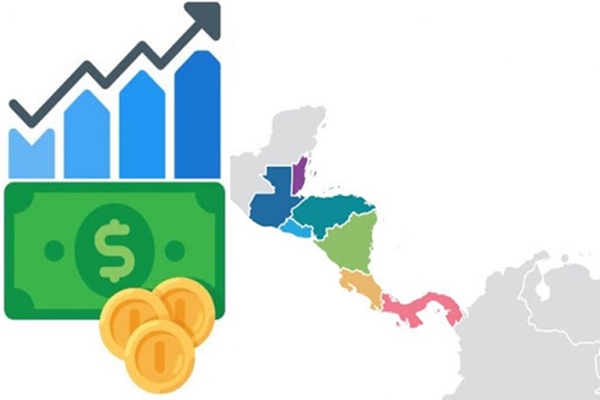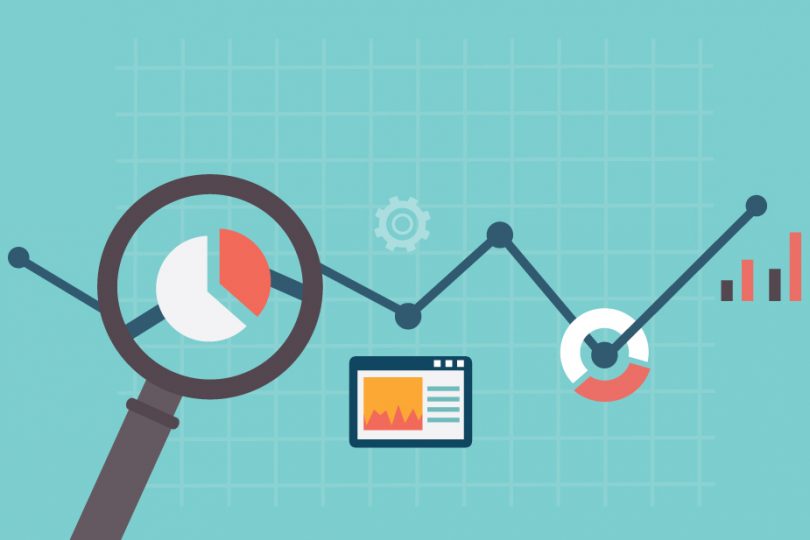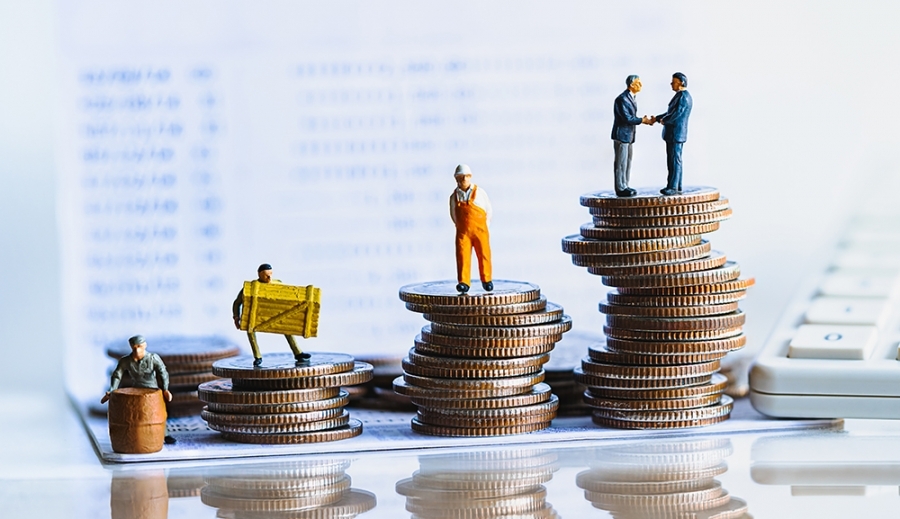The improved economic growth outlook for El Salvador, according to CEPAL, will rise to 7.5% and also in a recent study conducted by the World Bank (WB), indicated that El Salvador would be the second country with the highest economic growth in Central America, Panama being the first country with 12%.

Furthermore, for Latin America and the Caribbean the percentage will grow in 2021, although the pandemic is still present and the crisis worsened the long-standing structural problems in the region: low investment and productivity, informality, unemployment, inequality and poverty.
According to the ECLAC study, the 2021 growth is mainly explained by a low base of comparison after the 6.8% contraction noted in 2020, in addition to the positive effects derived from external demand and the rise in the prices of commodities exported by the region, as well as by increases in aggregate demand.

"The growth dynamics in 2021 reflect the effect of a low base of comparison due to the fall in 2020", ECLAC said in reference to the 6.8% contraction of the Gross Domestic Product (GDP) in 2020.
The report shows that the structural problems that have limited economic growth in the region for decades have worsened as a result of the pandemic and will limit the recovery of economic activity.

"Growth of 5.9% is expected in 2021 and 4.5% in 2022, with significant differences between countries" reported the Executive Secretary of the Agency, Alicia Bárcena.
Before COVID-19, the region came with a trajectory towards stagnation: in the six-year period between 2014 and 2019 it grew at an average rate of 0.3%, lower than the average of the six-year period that includes the First World War (0.9%) and that of the Great Depression (1.3%). It also shows a progressive fall in investment, reaching in 2020 one of its lowest levels in the last three decades (17.9% of GDP). Similarly, labor productivity is falling significantly.
 English
English  Español
Español 
